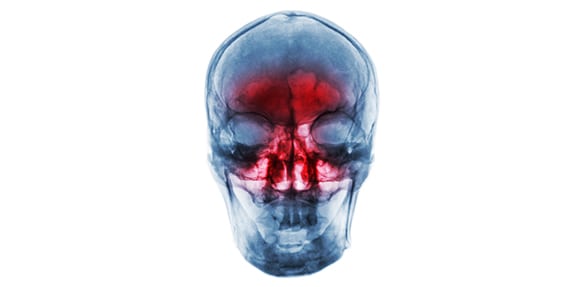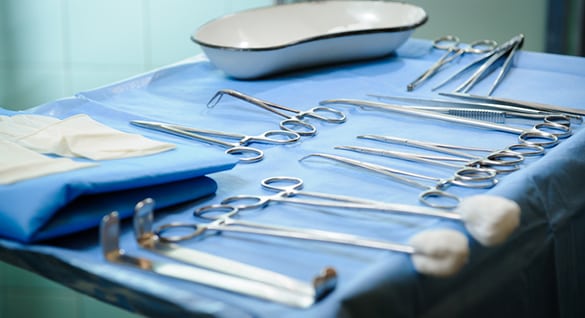
Image-guided sinus surgery is an innovation that is incredibly beneficial.
A thorough background in the anatomy of the sinuses and surrounding structures is vital to any successful sinus surgery. However, infections, tumors, or previous sinus injuries can create an abnormal anatomy. In these situations, image-guided sinus surgery may be the safest route.
Even in a patient with perfect textbook features, image-guided surgery can help to assure the surgeon that he or she is in the exact right area before performing the surgery.
What is Image-Guided Surgery?
When a surgeon performs an image-guided surgery, they are using two extra pieces of equipment. The first is a probe that is placed inside the nose and sinuses. The second is a machine that tracks the progress of the probe. A computer shows the surgeon a map of the inside of the nose and sinuses. Together, these instruments show the surgeon exactly where he or she is. An MRI or CAT scan will be done before the surgery to assist in drawing a complete map of the internal structures. This scan is called the “image-guidance scan.”


Infrared (Optical) Systems
This system uses infrared cameras along with a probe fitted by either sensors or emitters. The probe that is placed inside the patient’s nose can be tracked by the cameras that are outside of the nose. This is possible due to special repositories that are fitted to the patient’s head by a helmet or headband. An infrared system requires particular setup of the surgical area, so that there are no physical barriers between the surgical instruments and the cameras.
Electromagnetic Systems
The set up for an electromagnetic system is similar to an infrared system with a few specific differences. The patient will still wear either a helmet or headband with special repositories. These repositories will also be linked to the probe that the surgeon inserts into the nose. The difference is that these two systems use an electromagnetic field to communicate. There is no special setup required, as physical barriers will not affect the ability of the instruments to communicate. The only thing that must be avoided is an excess of metal within the field, as this could cause inaccurate results.
Advantages
Instead of relying on memory and feel, image-guided surgery helps the surgeon to be confident in exactly where they are in a patient’s nose and sinuses. This is especially beneficial if the patient’s structures are abnormal in some way.
As with all technology, image-guided surgery is still subject to both human and computer error. A discussion between doctor and patient will help to determine the best next steps.


